It’s mid-August and my garden is producing a full-on bounty. I’m picking basketfuls of tomatoes, cucumbers, and eggplant. To stay ahead, I’ve been picking a my large beefsteak tomatoes just as they’ve started to color up.
While there is nothing like the taste of a vine-ripened tomato, you can get the same result by harvesting them a bit early when they start to change color. It’s true, mature tomatoes will continue to ripen after they are harvested with the same vine-ripen flavor!
But not all veggies will continue to ripen after harvesting. So, how do you know when your veggies are ripe and when to pick them? Here are six timely harvest tips that will have you collecting your garden’s bounty in no time!
Know When to Harvest
For optimal taste and texture, it’s critical to know when to harvest your crops. Some vegetables, like tomatoes, mentioned above, can ripen on or off the vine. These are known as “climacteric” vegetables.
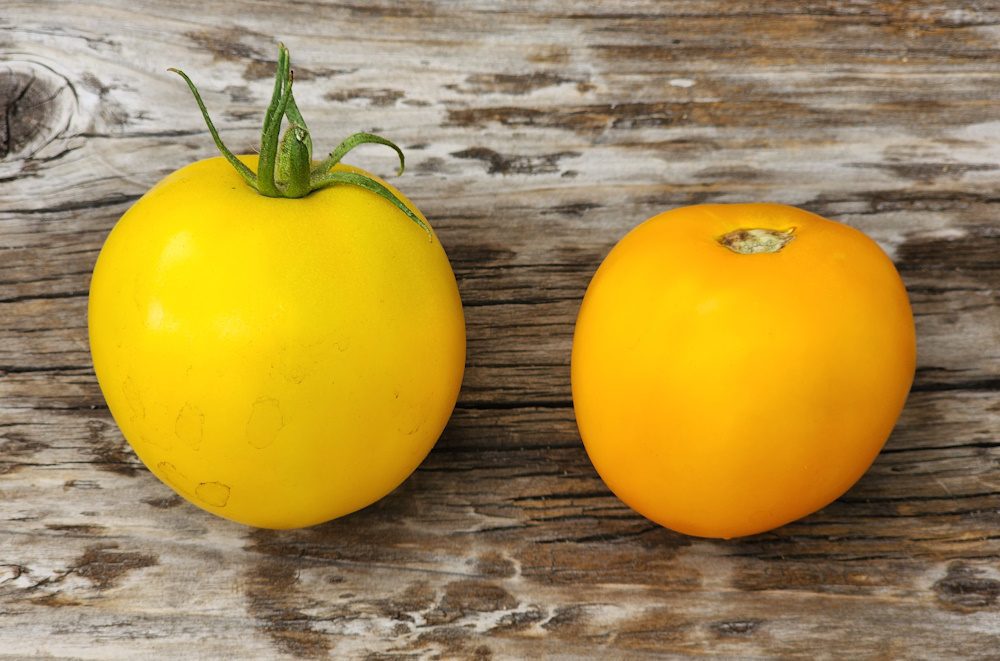
But other vegetables, like eggplants, cucumbers, and bell peppers, will only ripen while still on the vine. It’s really important to harvest these vegetables at exactly the right time to get the best flavor. If these are picked when they are underripe, they won’t ripen any further. In some cases, these vegetables may soften after picking – but really, they are just turning into compost on the counter – their flavor won’t improve!
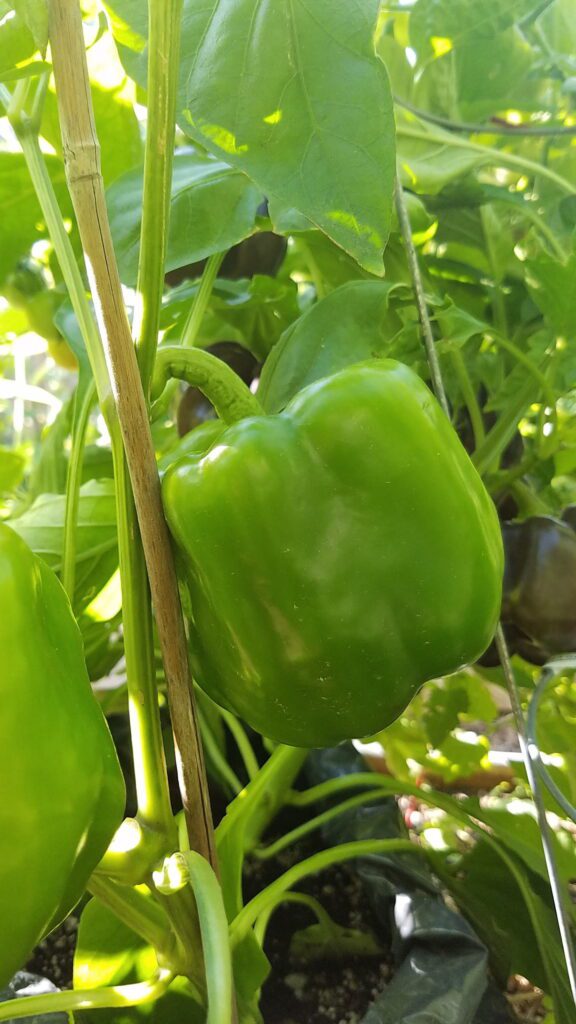
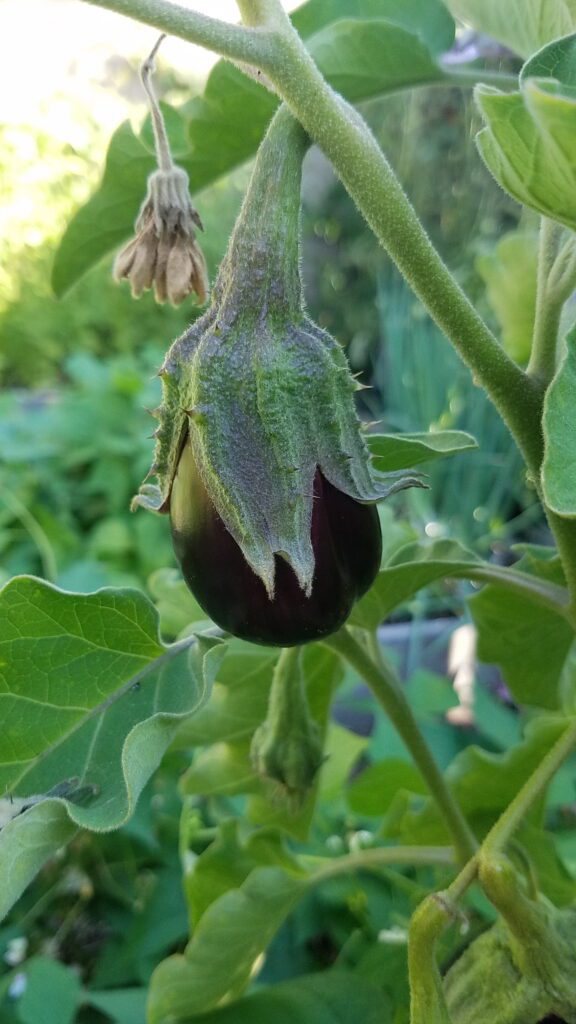
The best source for harvest information can be found on the vegetable’s seed packet and is listed as “days to maturity.” Keep in mind this is an average based on optimal conditions. Another option is to search specific vegetable harvest times online for guidance.
Use Your Senses to Determine Ripeness
Sometimes it can be difficult to tell if a vegetable is ripe – like green varieties of tomatoes. The best way to tell if your produce is ripe is to use your senses.
- Look at the color: is it the appropriate color for the variety?
- Feel it: most ripe produce will yield to slight pressure when the skin is gently squeezed. It shouldn’t feel rock hard.
- Smell it: some veggies and fruit will produce a sweet aroma when ripe.
- Taste it: This will help you gauge ripeness. Ripe produce will be flavorful, not bland or mealy.
Harvest in the Morning
Early morning is the best time to harvest, as the plants are well-hydrated and temperatures are cooling. Picking early helps to preserve flavors and nutrients.
Pick Frequently
The more you pick the more your plants will produce (unless it’s a determinate variety). Harvest daily to encourage more fruit production. Also, when mature produce is harvested, nutrients can be diverted to developing fruits.
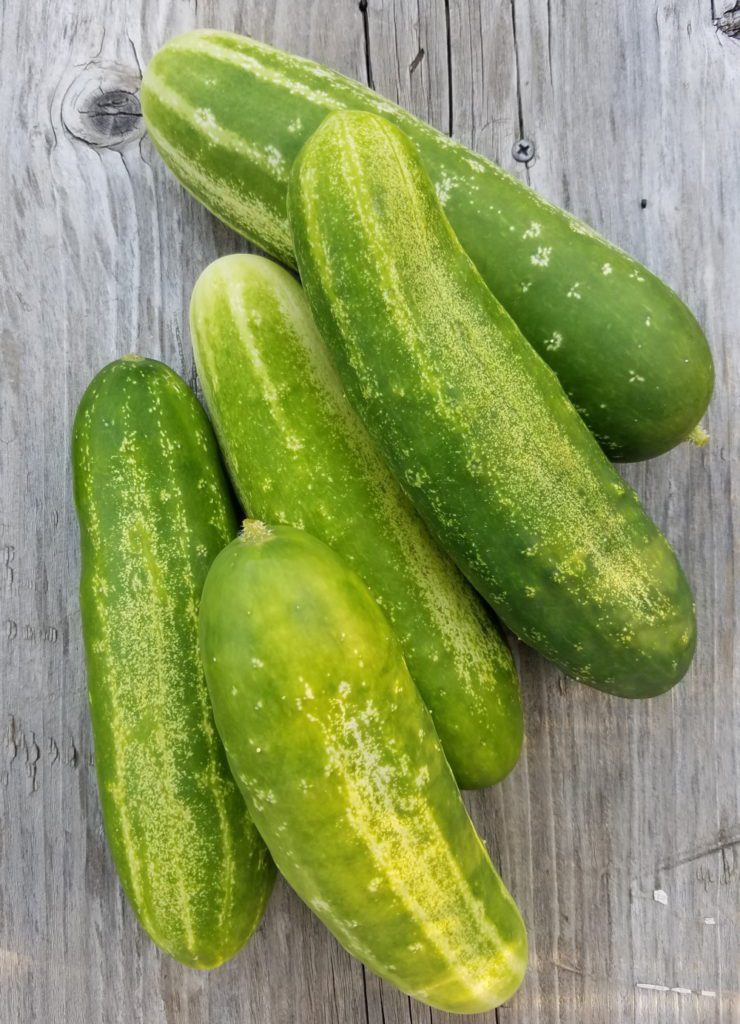
Use Sharp Tools to Harvest
When harvesting crops, it’s best to use gardening snips, scissors, or a sharp knife. It’s so much easier than twisting or pulling on the plant, which often ends up bruising the produce or worse, damaging the plant.
Handle Your Produce with Care
A little TLC goes a long way during harvest time. Pick and handle your produce gently when harvesting to avoid bruising or damaging your produce. Place harvested items in a shallow, flat bottom basket or container to prevent crushing.
If soil or other debris is on the vegetable, gently brush it off. A quick rinse with water can help, but make sure to dry the produce before storing it. The less you handle the vegetables, the longer they will last in storage.
Vegetable Storing Tips
Some vegetables, like cucumbers, peppers, and tomatoes, require a cool 55 degrees along with some humidity for good storage. And, that can be a challenging. Our refrigerators are colder than 55 degrees and our homes are generally warmer than that, especially in August. The best solution is to use your garden-fresh produce as quickly as possible — either eating it fresh or preserving it.
Storing your produce properly after harvesting will extend its shelf life. Some vegetables do best refrigerated, while others require a cool, dry place. Here are a few harvest and storing tips for common garden veggies:
- Cucumbers should be picked when they are bright green or their designated color and stored in a cool area of about 55 degrees. Refrigeration is possible, but if they are stored below 40 degrees they can become water-soaked and pitted.
- Eggplant should be harvested while the fruit’s color is shiny and bright. A dull color and softness mean the eggplant is over mature and past its peak. Like cucumbers, eggplant should be stored at 55 degrees and it can be stored in the fridge for a few days. Eggplant will pit, go bronze in color and the interior will be brown if stored for long periods below 50 degrees.
- Zucchini/summer squash should be picked when they are small – about 6 to 8 inches long with tender skin. Harvest frequently. The more you harvest summer squash the more it will produce, so make sure you have lots of friends who are willing to take the extras off your hands! Store summer squash in a cool location, around 55 degrees; don’t store it in the fridge for longer than 4 days.
- Winter squash should be harvested before frost when the rind is hard and difficult to puncture with your fingernail. Stored in a cool and dry location. Winter squash will last anywhere from two to six months depending on the variety.
- Bell peppers should be harvested when the fruits reach the desired color and size for the variety. These should be stored in a cool location and will keep in the fridge for a few days. If they are stored below 45 degrees, they will develop pitting.
- Tomatoes should be harvested when they reach their designated color. They can be picked when they start to color and ripen off the vine. Store tomatoes in a cool location out of direct sunlight and NEVER stored in the fridge.
To help with future harvests, I recommend keeping a journal and noting harvest times along with what worked well and what didn’t. As the summer growing season winds down and the cornucopia of garden goodies come to the table, I hope you enjoy the bounty from your garden!
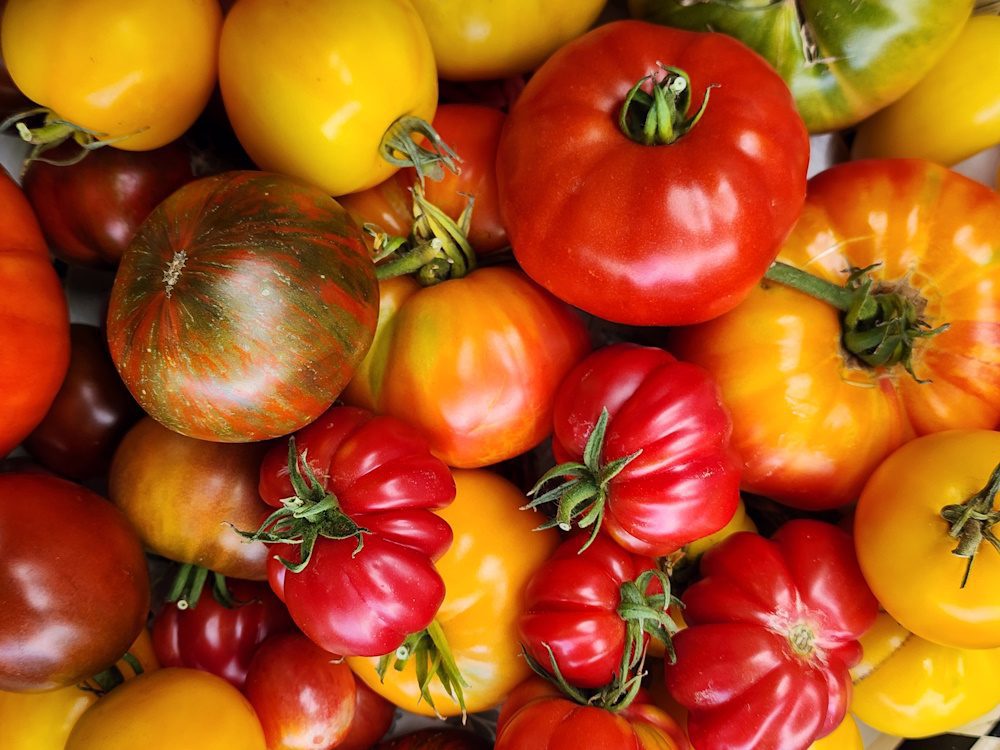


Leave a Reply